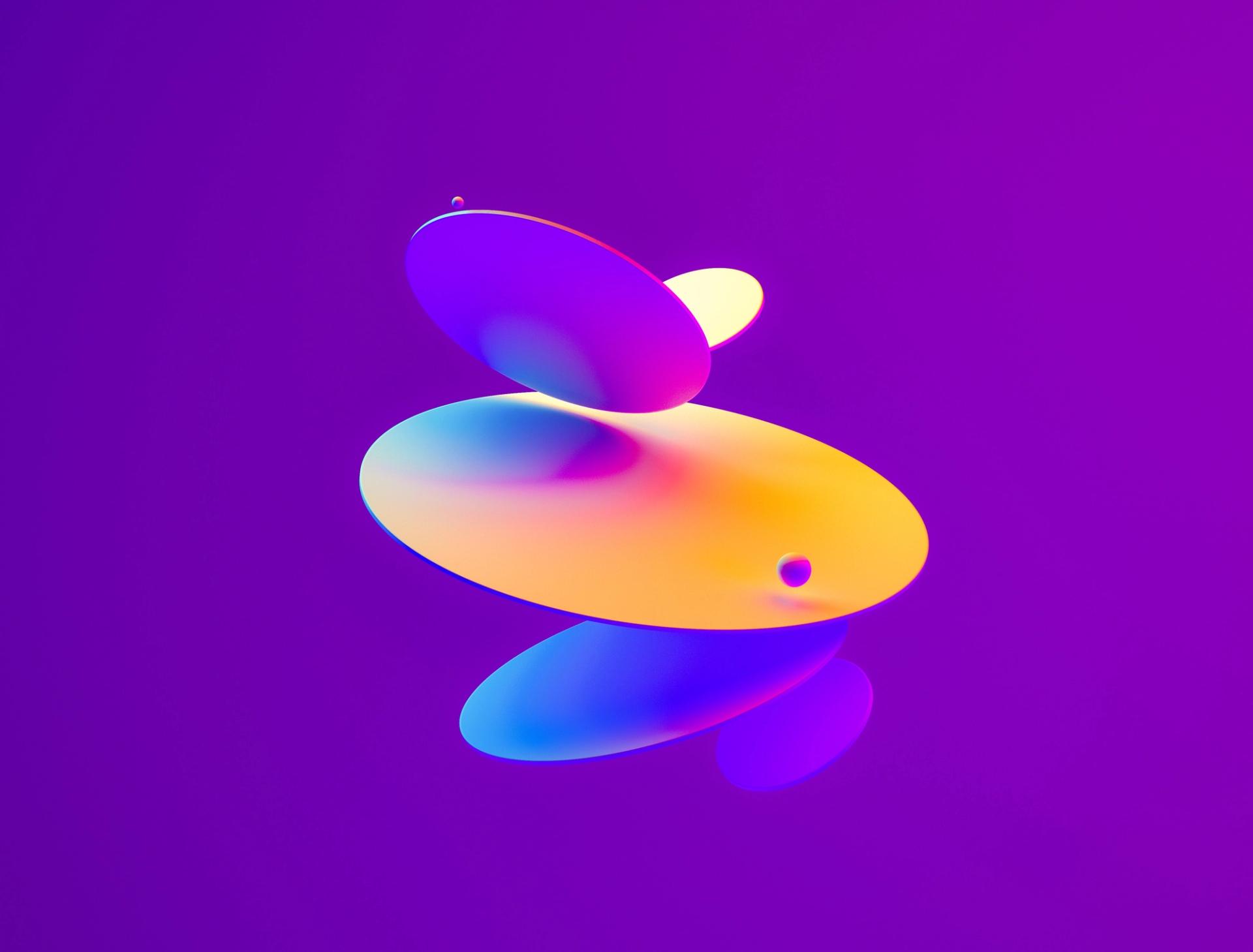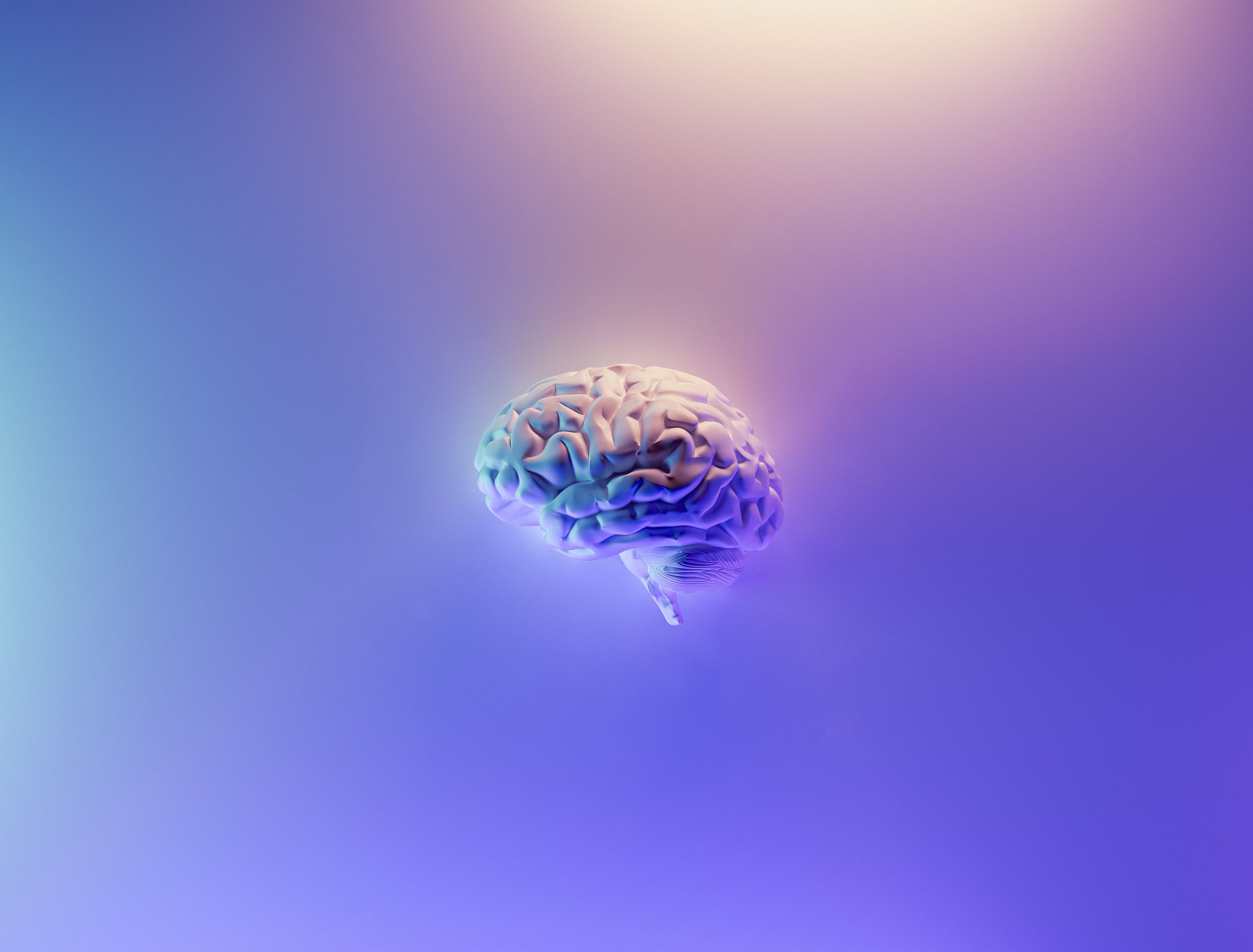Generative AI’s ability to create realistic content was once again thrust into the public eye this year when judges for the Sony World Photography Award 2023 selected ‘Pseudomnesia: The Electrician’ by Boris Eldagsen as its winner.
The artist responded to the accolade by declining the honour and revealing its true origins - AI. The stunt aimed to start a conversation about art's future and whether AI, not content with just stealing jobs, is also coming for creativity. At Célibataire, on the other hand, we viewed this image as a demonstration of the wide range of creative possibilities generative AI can offer.
Brands’ sneaky content AI-d
While consumer use isn't mainstream (yet!), forward-thinking brands employ it more regularly than you may think - Mattel, Snapchat, and Coca-Cola have been open about using generative AI to create content, including imagery and marketing copy.
While fashion brands haven’t openly admitted to using AI, the benefits for the industry are apparent. Consider the opportunity for brands like Shein - imagery and descriptions for approximately 600,000 individual items could be created quickly and cheaply at the touch of a button. In other words, it’s unlikely long before, like Boris Eldagsen’s stunt, fashion’s true content creation origins are revealed.
Content creation is one of the more controversial applications of generative AI (second, probably only to fear of displacement). Regardless of whether professionals are team ‘support’ or ‘oppose’, by 2025, 30% of all outbound marketing messages from large brands will be generated by AI. Is it economically viable to be the laggard brand in AI adoption?
How does AI-generated content creation work?
For brands, and their marketing teams, the ability to create content faster and at a lower cost, including for different regions, can be a real boon. Currently, 10 million images are created daily by the AI-based image generator, Craiyon - all it takes is a text prompt.
The same applies to copywriting. The marketer simply needs to choose the type of content (email, blog post, or article), add a prompt (including target audience and tone), and within seconds, several options will appear.
Generative AI can also comprehend patterns and trends in viral content. Brands can then use them to generate 'fresh' content - this means they have a good chance of hitting a trending topic and boosting sales as a result.
Sounds great, doesn't it? So why is it such a controversial topic?
The risk of a copyright clash
AI has prompted concerns about copyright issues, creative integrity, and misinformation. The main question is whether using content trained on materials from other creatives without consent is ethical or simply plagiarising their hard work. The last thing a brand needs is to be caught up in a copyright dispute over AI exploits.
While it doesn’t involve generative AI, Hermès and Mason Rothschild's high-profile fight over MetaBirkin NFTs is a perfect illustration of how fashion brands can get into legal trouble when technologies emerge (in this case, the judge ruled that the NFTs infringed Hermès' trademark).
With the boom in AI models that create art, music, and code by learning - or simply taking - from others' work, legal questions will inevitably arise. Is it fair that these tools can be used to replicate others' work, and where is the line? It’s famously said that “All creative work builds on what came before. Nothing is completely original”, but in generative AI’s case, is that too on the nose?
We must learn to balance ethical considerations and AI
One of the proposed solutions for the ethical use of generative AI - particularly its legal and copyright issues - is transparency. Creators and users of AI image generators must be transparent about where the images come from and aware of copyright laws—using open-source licences, for example, for images used in training generative models and making the source code and training data publicly available.
Again, many AI sceptics would rather run from the robots. However, its risks do not change the fact that it has the potential to revolutionise content creation and make many job roles easier. However, as creators, we are also responsible for looking after intellectual property. The good news is we can strike a balance. With more transparency, it is possible to harness the power of generative AI to create accurate and engaging content that is, arguably, just as “original” as traditional creation methods.



